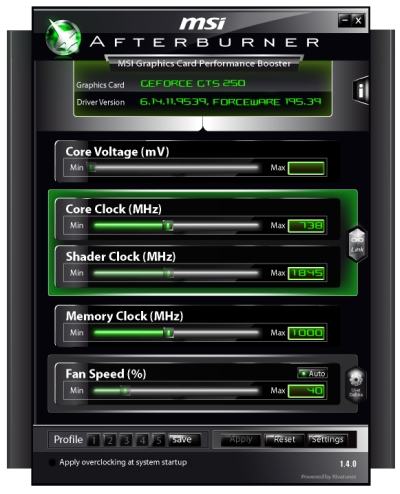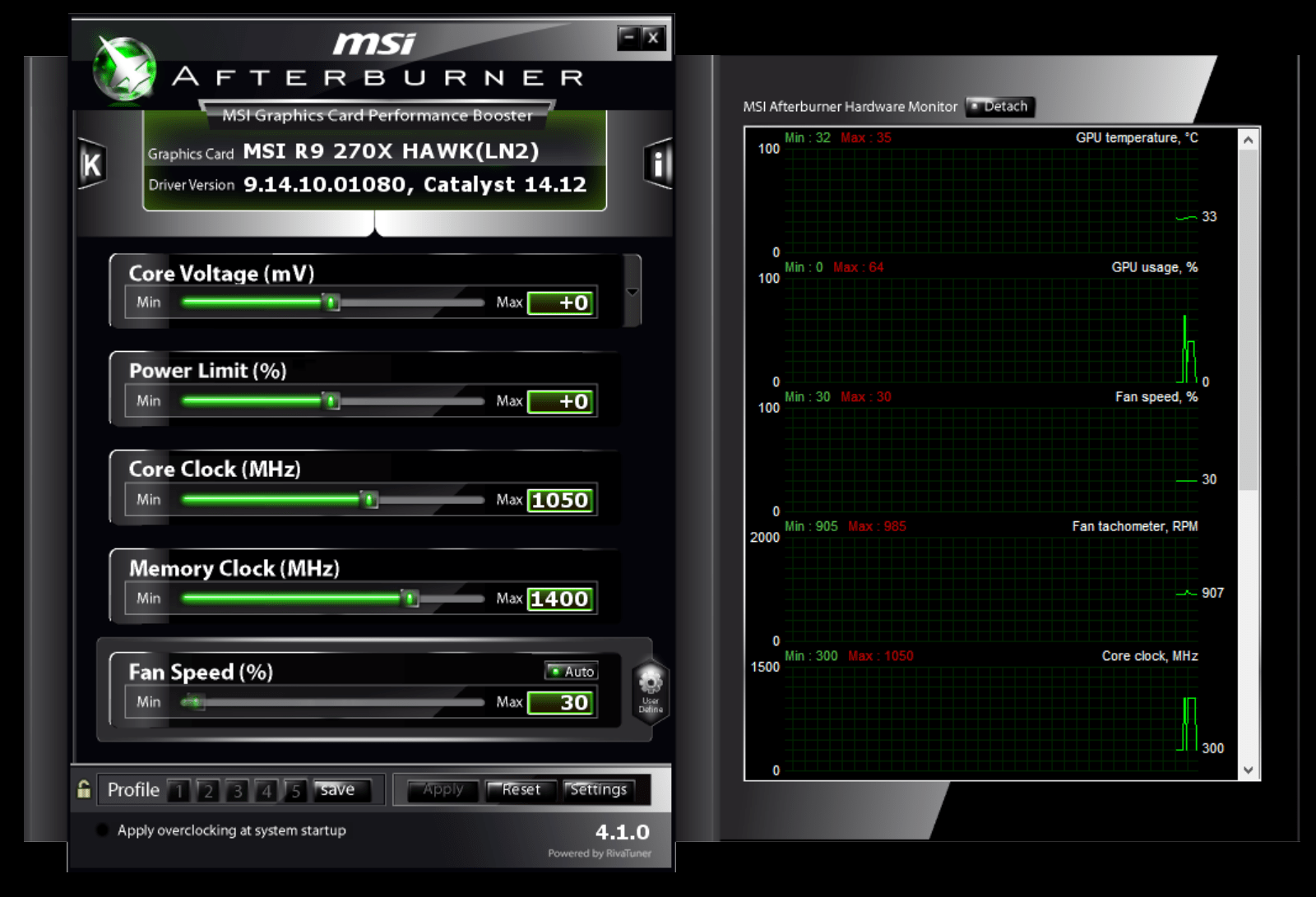
The easiest way is to launch your most resource-heavy game and let it run for at least 15 minutes.
There are two ways to do this: Launching a GPU-intensive program or running a stress test, such as FurMark. Step 3: Test your graphics cardīefore you take any further steps, you will need to figure out what frequency your GPU runs at under stress. The X-axis is the voltage of your graphics card, and the Y-axis is the frequency (clock speed). This graph holds two important pieces of information. Once the Curve Editor is open, you will see a (somewhat intimidating) graph. You can access it by simply double-clicking or pressing CTRL + F. Below that, you can find the Curve Editor. On the lower left part of the MSI Afterburner interface, you will find information about the voltage of your GPU. Install it on your computer and then launch it. To begin the process, download the free program here. MSI Afterburner is the most popular undervolting tool for Nvidia graphics cards.

Undervolting Nvidia GPUs requires a few extra steps compared to AMD. Indeed, some models, like AMD’s Vega series, could actually see their clock speeds improve when undervolted due to having additional power and temperature headroom when running at lower voltages.

Here’s where to buy itĪMD cards can generally be undervolted, even on older models. The Nvidia RTX 4070 is still selling for list price. AMD may soon launch a new GPU, but it’s probably not the one you think


 0 kommentar(er)
0 kommentar(er)
